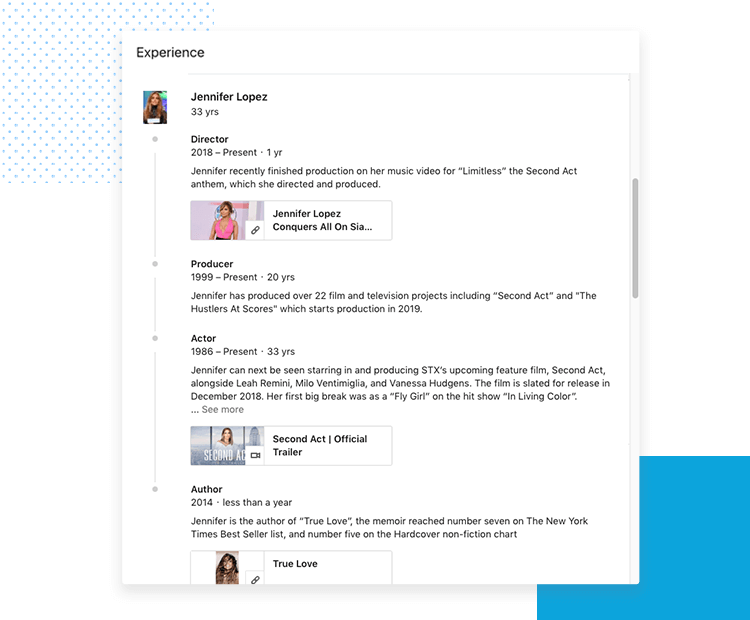
#Linkedin protopie for ux design course how to#
#Linkedin protopie for ux design course software#
Skeleton: The skeleton is the underlying structure of the product's static interfaces, such as a website, software program, or device, and is the structure that holds an interface together.It consists of the images, buttons, and text on a web page or programming interface. Surface: At the surface level, user interface design includes all visual elements of an application.Here are the different elements of UX design:

The following five steps of UX design help UX designers turn an idea into a working product. UX design combines various elements that determine how effectively products provide relevant user experiences. UX designers work to create an environment for users that provides value and delivers a positive experience to users. UX design includes branding, usability testing, and functional components in obtaining and integrating the desired result. User experience (UX) design refers to the method design teams employ to develop products that offer meaningful and pertinent user flow experiences. Let's look at UX and product design and the contrast between the two disciplines. While these two types of design might sound very similar at first, UX and product design have some significant differences in how they operate.

Product designers, on the other hand, work on improving consumer experience and next-generation technologies.

In the age of digital marketing, UX designers help companies create more user-friendly websites or software applications. But, what’s the difference between those two design disciplines? With technology now taking over much of the world, businesses are looking for ways to make products more user-friendly and accessible with the help of UX and product design. The Differences Between UX and Product Design


 0 kommentar(er)
0 kommentar(er)
